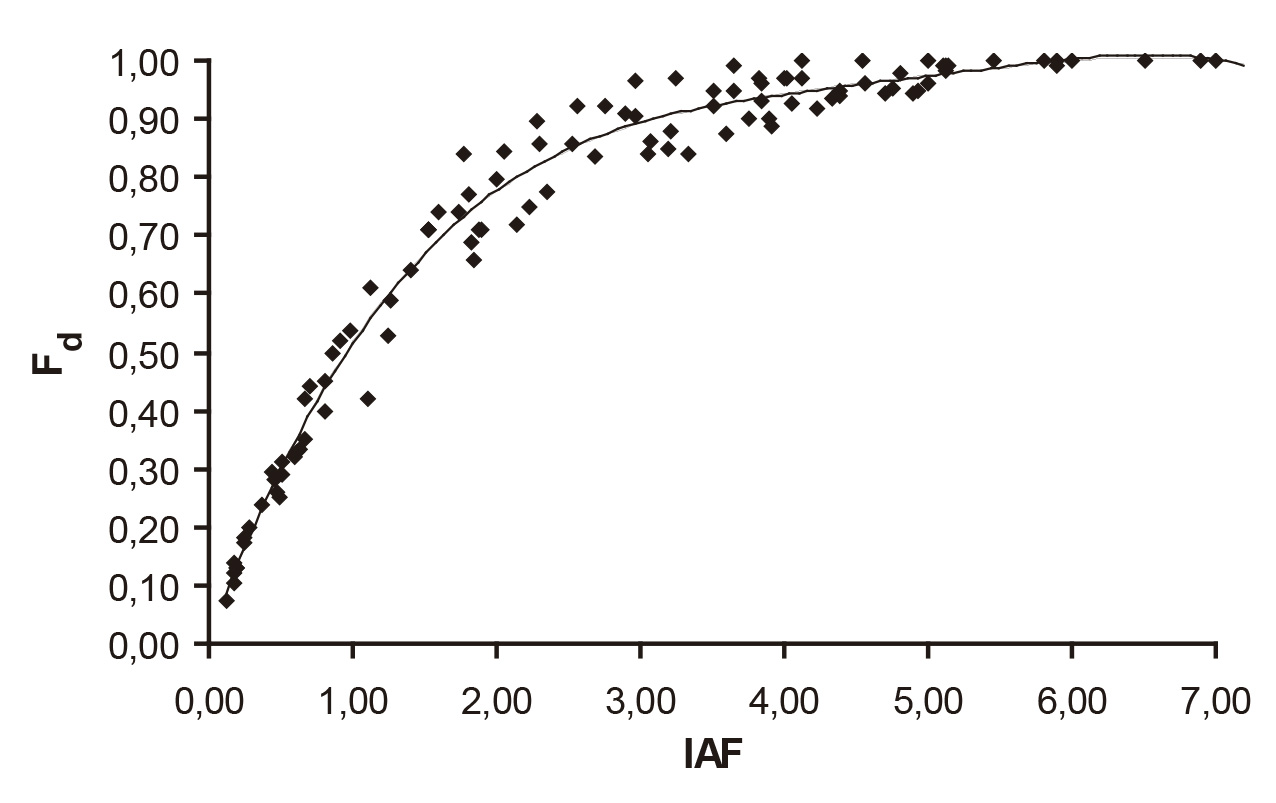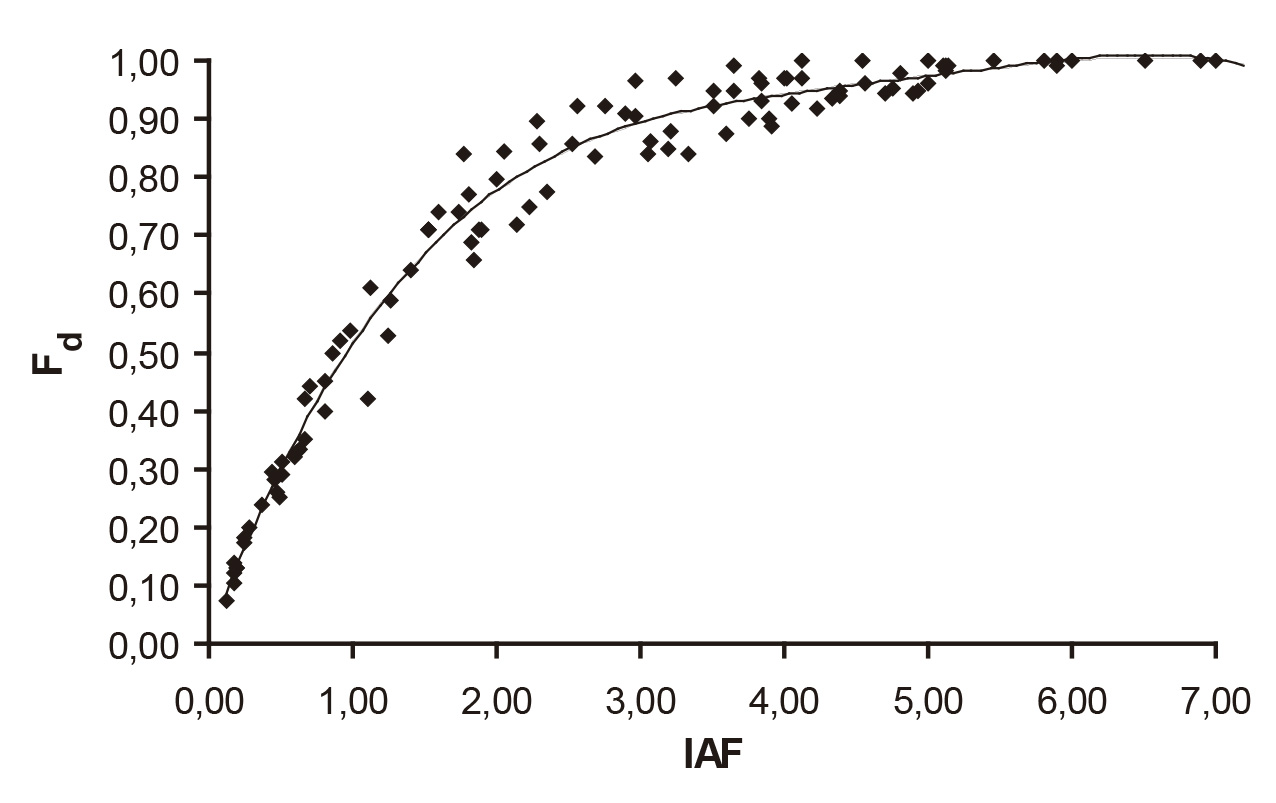Growth, light capture and yield components of fababean cv. Alameda growing in Azul, province of Buenos Aires
Keywords:
Vicia faba L., modeling, growthAbstract
 N fixation of legume crops may be a good component for a general plan to improve cropping system efficiency. For this purpose, crop suitability to specific environments must be established. The aim of this work is to examine the growth of Vicia faba in the agro- climate of Azul. To achieve these objectives, field tests were conducted using the faba bean cv. Alameda under non limiting conditions on the farm at Facultad de Agronomía de Azul (Universidad del Centro de la Provincia de Buenos Aires) since winter 2008, with five sowing dates from mid- July to mid-November, and a follow-up of some agrometeorological indices was carried out. Sowing date had a great influence on biomass, grain yield and its components. This effect was associated with changes in the capture of photosynthetically active radiation. Earlier sowing dates intercepted more radiation throughout the whole season than spring sowing dates. The 1st (mid- July) and 2nd (mid August) sowings dates had the highest average production. The spring plantings (4th date: mid-October; 5th date: mid-November) were lower in grain yield, which decreased as the date of planting was delayed, with fewer pods per m2 and lower weight of a thousand seeds.
N fixation of legume crops may be a good component for a general plan to improve cropping system efficiency. For this purpose, crop suitability to specific environments must be established. The aim of this work is to examine the growth of Vicia faba in the agro- climate of Azul. To achieve these objectives, field tests were conducted using the faba bean cv. Alameda under non limiting conditions on the farm at Facultad de Agronomía de Azul (Universidad del Centro de la Provincia de Buenos Aires) since winter 2008, with five sowing dates from mid- July to mid-November, and a follow-up of some agrometeorological indices was carried out. Sowing date had a great influence on biomass, grain yield and its components. This effect was associated with changes in the capture of photosynthetically active radiation. Earlier sowing dates intercepted more radiation throughout the whole season than spring sowing dates. The 1st (mid- July) and 2nd (mid August) sowings dates had the highest average production. The spring plantings (4th date: mid-October; 5th date: mid-November) were lower in grain yield, which decreased as the date of planting was delayed, with fewer pods per m2 and lower weight of a thousand seeds.
Downloads

Downloads
Published
How to Cite
Issue
Section
License

This work is licensed under a Creative Commons Attribution-NonCommercial-ShareAlike 3.0 Unported License.
Aquellos autores/as que tengan publicaciones con esta revista, aceptan las Políticas Editoriales.










.jpg)




